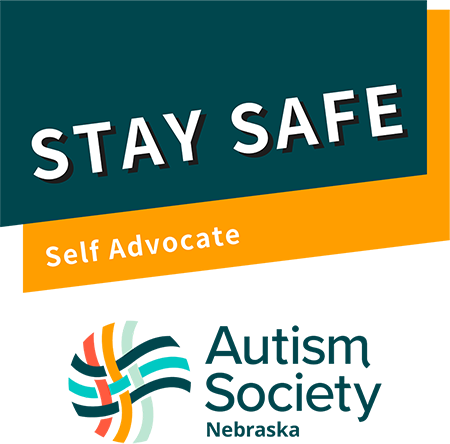Effectively communicating your health concerns to others is an important skill. At a workplace, the person who needs this information is someone you report to when you go to work, such as a supervisor or employer. It is helpful to know your workplace expectations about calling in sick or communicating your health concerns. This information may be found in your employee handbook, if you have one.
At school or where you are taking classes, the person who needs this information is someone who is in charge of the class, such as your teacher or professor. It may be helpful to check the teacher or professors’ syllabus to find the best way to communicate with that person.
Sharing your health concerns with one of these individuals is different than it is when you are talking with a trusted person. Employers, supervisors, teachers or professors need different information than your trusted persons do.
It is helpful to identify the following information when communicating my health needs with my Employer or Supervisor:
Communicating my health needs with my Teacher or Professor
Review
Communicating Your Healthcare Needs to Your Employer
Communicating Your Healthcare Needs to Your Teacher
Practice
Once you have answers to your 4-W’s Skills: Communicating my health needs with my Employer or Supervisor OR your 4-W’s Skills: Communicating my health needs with my Teacher or Professor, it’s time to practice!
You can do a role-play with your trusted person or you can practice what you want to say on your own. You may consider trying this in front of a mirror. If you are sending an email or text, make sure you read through it before you send it. If you are unsure about it, you might ask your trusted person to read through it for feedback.
Reflection
Questions can help you evaluate how you did. Examples:
Was I able to identify who I need to talk with?
- If so, did I feel comfortable talking with them?
- If not, who could help me figure that out?
Was I able to identify the best way to communicate with this person?
- If so, did that work?
- If not, what can I try next?
Was I able to identify what I needed to share with this person?
- If so, did I share this information?
- If not, who can I ask or where can I look to get more information about what to share?
Was I able to identify when is a good time to talk with them?
- If so, did the time work to talk?
- If not, when would be a better time?
Was I able to find a good place to talk that gave us privacy?
- If so, how did I feel?
- If not, where would be a better place to talk?
After I spoke with this person, do I know how to follow up with them?
- If so, am I comfortable with this?
- If not, what do I need to help me do this?
